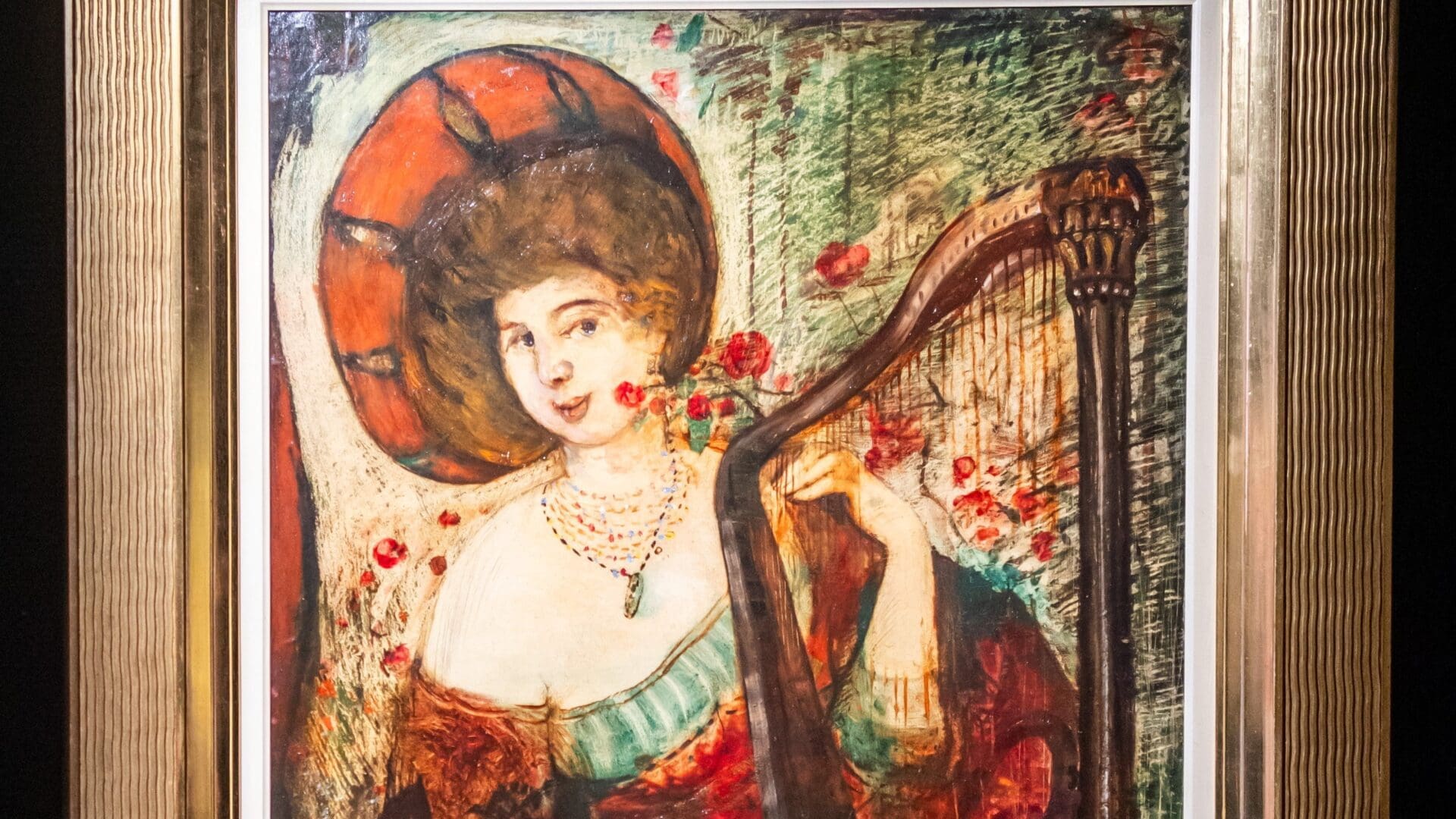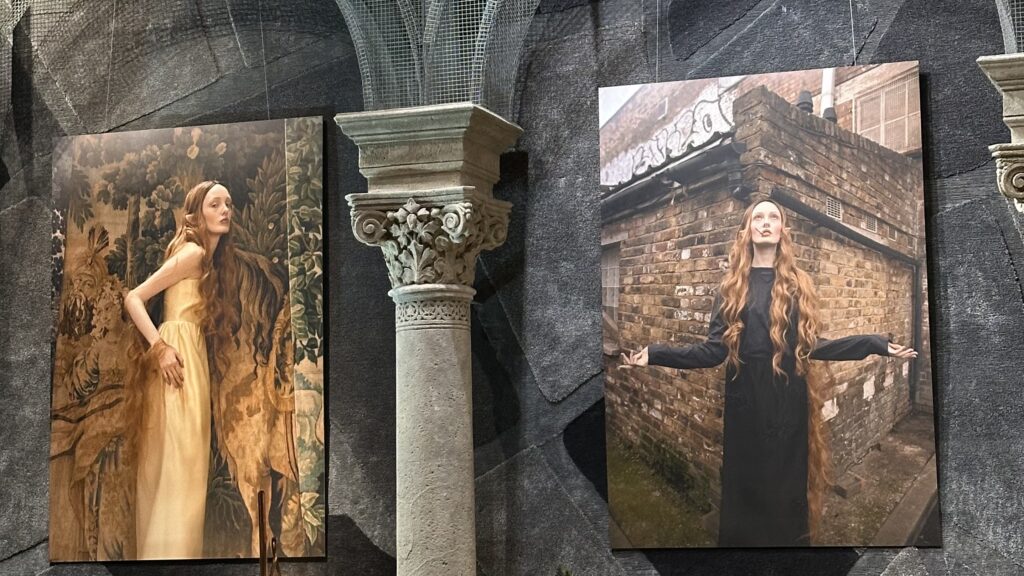Art enthusiasts are eagerly anticipating the return of a captivating masterpiece by Lajos Gulácsy, titled Lady playing an old instrument, to the auction scene after more than two decades. Often referred to as the Hungarian Mona Lisa, this extraordinary piece, believed lost during World War II, astonished the art world when it re-emerged miraculously in 2002. Back then, the Virág Judit Gallery auctioned this iconic painting, setting an absolute Hungarian record with a remarkable sales price of 95 million forints.
The summer of 1912 marked the last known whereabouts of Lady playing an old instrument painting when Gulácsy toured the Hungarian lowlands with his artworks, likely parting with this particular piece. Subsequently, the painting vanished, prompting art historians to commence a search in 1960. Given the extensive destruction of Gulácsy’s body of work during World War II, including the loss or dispersal of many pieces, there was reasonable doubt about the painting’s survival. Remarkably, the artwork resurfaced in 2002 from a private collection, finding its way to the Virág Judit Gallery.
For over 20 years, collectors have awaited the opportunity to once again acquire Gulácsy’s iconic masterpiece. In 2002, the painting’s emergence caused a sensation. The Virág Judit Gallery set the initial bidding price at 28 million forints, sparking a prolonged and intense bidding war that ultimately propelled the total to a historic 95 million forints. Fast forward to 2023, and the painting will open bidding at an impressive 100 million forints in the Virág Judit Gallery’s year-end auction of classical paintings on 16 December.
Art experts argue that the significance of this painting extends beyond being a mere portrait; it serves as a profound testament to the essence of art, embodying the unity of nature, music, and beauty.
The enigmatic smile of the lady and the symbolic elements within the artwork have earned it the moniker of the Hungarian Mona Lisa.
Gulácsy’s profound connection to music is evident, with the painting presenting the realms of sound and colour as a harmonious whole. The figure of the harp-playing woman conjures an antique ambiance, representing a being suspended between the celestial and earthly realms, straddling the boundary between reality and art.
Lajos Gulácsy stands as one of Hungary’s most sought-after painters, and the public had the opportunity to rediscover his extraordinary body of work at this year’s exhibition at the Hungarian National Gallery. Proudly becoming part of the painting’s journey once again, the Virág Judit Gallery prepares for a momentous auction on 16 December, featuring not only Gulácsy but also a remarkable piece by Lajos Tihanyi.
Art enthusiasts and the curious public alike can enjoy complimentary access to view Gulácsy’s painting at the Virág Judit Gallery alongside other auction pieces for a two-week period leading up to the highly anticipated auction. Among the treasures on display will be a century-old Budapest cityscape by Lajos Tihanyi, a rare visual treat for modern-day audiences.
Related articles:








